Best Eco-Friendly Roofing Materials
The roofing industry has been criticized in the past for using unsustainable materials that produce lots of waste. However, in recent decades, there...
Roofs come in all different shapes and sizes. They can vary widely as far as their number of penetrations, dormers, and other complexities.
One of the biggest ways that roofs are different, however, is in their slope. Some roofs have incredibly steep slopes, others have multiple slopes on the same house, and there are even those that are completely flat!
If you’d like to learn more about how roofing slope is calculated, and how you might be able to use it to measure your own roof, check out this blog!
Depending on the type of roof you have, you’ll need to have different materials to cover it. Most residential buildings have a steep slope roof, as they make it much easier for water to run off of the roof. These roofs often use asphalt shingles, which are great at covering these kinds of spaces for a lesser cost than a metal roof, and provide a far better look than flat roofing materials.
There are loads of roofs that have a very low, or nonexistent slope. Asphalt shingles can’t be used on roofs like this. Though they form a cohesive unit on a sloped roof, if water were to sit on shingles for too long, it would work its way through the points where shingles meet, and get through to your roof.
So what kinds of materials can be used for these flat roofs?
In this blog, we’re going to go over:
Let’s get started!
EPDM (ethylene propylene diene terpolymer) is a black rubber material made out of an oil mixture (hence the ethylene propylene diene part of its name) that is typically applied to a roof using an adhesive. Even though it’s still called EPDM because of how it was made in the past, what we use today is made of three monomers, making it a terpolymer.
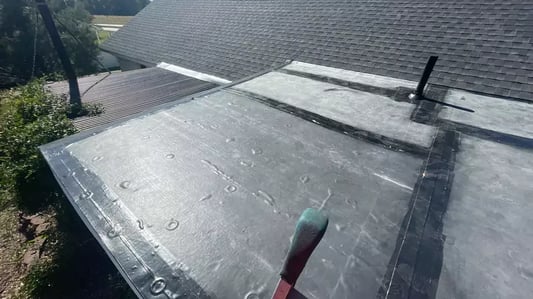
This kind of roof is most commonly used on commercial buildings where reflection could be an issue. EPDM is a black-colored substance, while the other membrane roofs on this list are white and reflect a lot of light, creating an intense glare. For buildings like hospitals, where it’s pretty important for helicopter pilots to see where they’re landing, an EPDM roof is going to be the choice over some of the other options.
Another big positive for EPDM is its longevity, as they can last significantly longer than other flat roof membranes, even getting up past the 30-year mark.
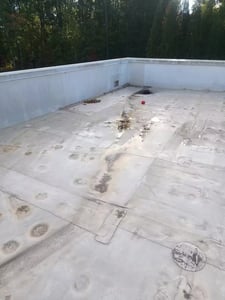
TPO (thermoplastic polyolefin) is a single-ply membrane with a white reflective coating. That coating Is important because of the way it reflects heat, keeping the space below it that much cooler. If EPDM and PVC are the traditional powers of flat membrane roofs, TPO is the upstart that’s been making some noise.
TPO is pretty cost effective for flat roofing materials, and is very lightweight, making it much easier to install than some of its counterparts. However, because of its newness, it’s difficult to find people who can repair it correctly and without effort, and should not be worked on without experienced professionals.
Another drawback behind TPO, is that it shows dirt pretty quickly, so you won’t want to use it over areas that you might be looking at frequently.
PVC (polyvinyl chloride) membranes have been around for a long time. And are one of the most popular flat roofing options, especially on buildings that want to keep the space below them cooler, and don’t need to worry about any glare coming from the building’s roof.
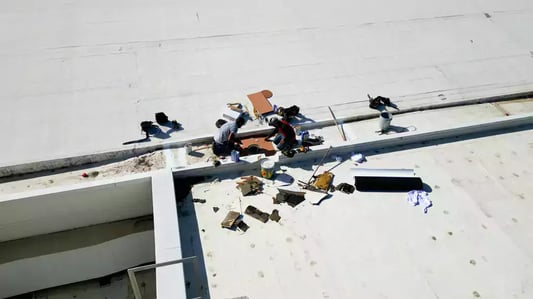
They can last 30-40 years when installed properly and are very resistant to fire, hail, and wind damage. Similarly to TPO, PVC membrane is pretty easy to install, as they come in big rolls and don’t need to use a ton of weight to hold it down during the installation.
They’re also valued for their energy efficiency during hot weather, as their reflective coating helps keep costs AC costs down by keeping the sun’s heat out more effectively.
Yet another rolled membrane roofing system, Modified Bitumen roofs are primarily made of asphalt. Their construction resembles that of three-tab asphalt shingles, but in a more flexible form, and have an additional waterproof coating applied.
This kind of material has a self-adhesive on the bottom, and no seams, making it significantly easier to install than the other materials we’ve been talking about. Modified bitumen roofs, like asphalt shingles, come in multiple different colors, so it’s much easier to match them to your building’s color scheme than other flat roofing types that only come in white or black. Because of those reasons, this material is pretty popular for homeowners to use on a flat section of their home’s roof.
However, they don’t have as long of a lifespan as the other materials on this list, usually getting around 15 years before needing a replacement.
Built-Up Roofing (BUR) might be the oldest kind of flat roofing out there, as people have been using this technique for ages. Essentially, it involves putting down a layer of asphalt, covering that with some boards or other material, some gravel and other small rocks, and sealing it with more asphalt.
This method is incredibly durable against storm damage, so it doesn’t face much wear from wind, rain, hail, or other flying debris. They also provide a much safer surface work on than some of the others. Membrane roofs can get very slick, while walking on a built-up roof is much more like walking on a gravel path.
However, the weight associated with a BUR is a big reason why they are not used as much today. All of the layers of asphalt and rock adds up pretty quickly, and if they building isn’t strong enough to hold it, you’ll be having far worse problems than a leaky roof.
Standing Seam Metal roofs are more commonly seen on steep slope homes, but can also be used on flat roofs.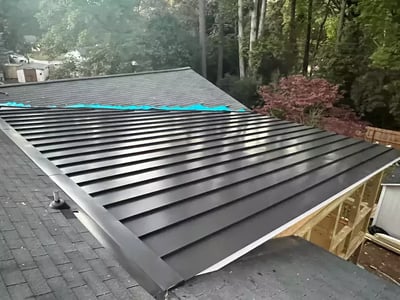
Standing seam metal roofs are comprised of several panels that lock together at the seams, which are the ridges you can see in the roof. That process allows for the panels to expand and contract as the metal heats and cools. That’s not the case for a screw-down panel roof, a difference that we’ve covered in a different blog.
This kind of flat roof will be significantly more expensive than the others that we’ve mentioned here, and is much more difficult to install, but should last around 50 years in good conditions, and won’t require too much maintenance during that time.
Now that you’ve learned about the best and most popular options available for flat roofs, I hope you’re starting to feel more confident in what comes next in your roofing process!
However, if your hunger for low slope and flat roofing knowledge is still there, we’ve got more content for you! Check out our blog we did on what a low slope roof is to learn more general information about flat roofing!
On Tops Roofing has been replacing and repairing flat and low slope roofs in the Raleigh, NC area for over 30 years! Whatever your roofing project looks like, We're on it!
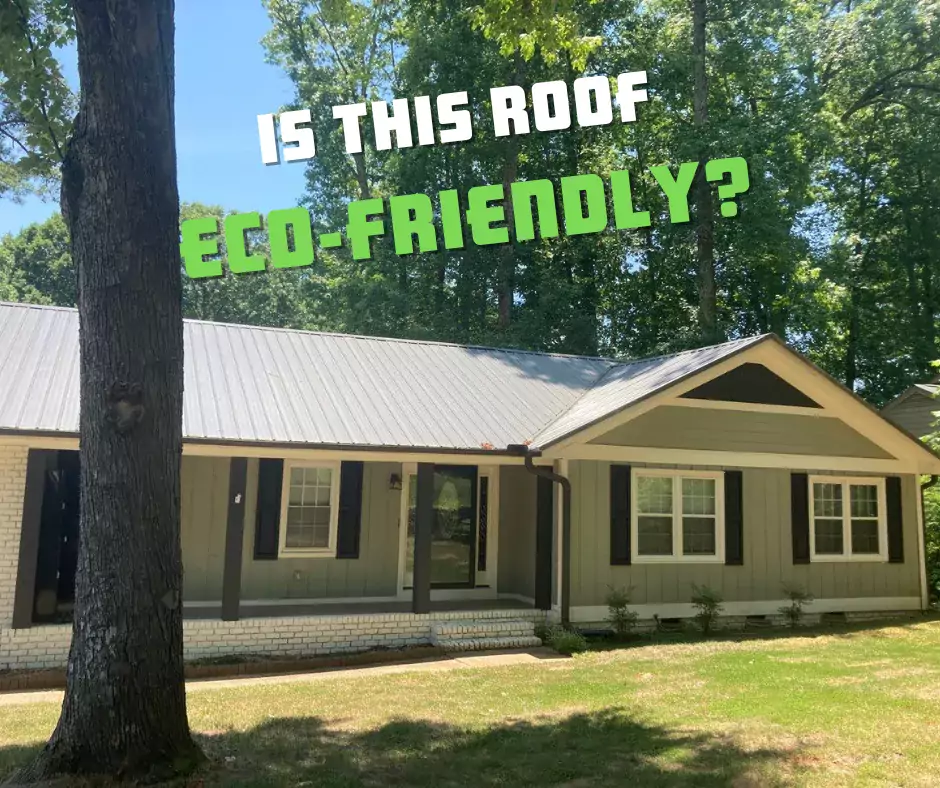
The roofing industry has been criticized in the past for using unsustainable materials that produce lots of waste. However, in recent decades, there...
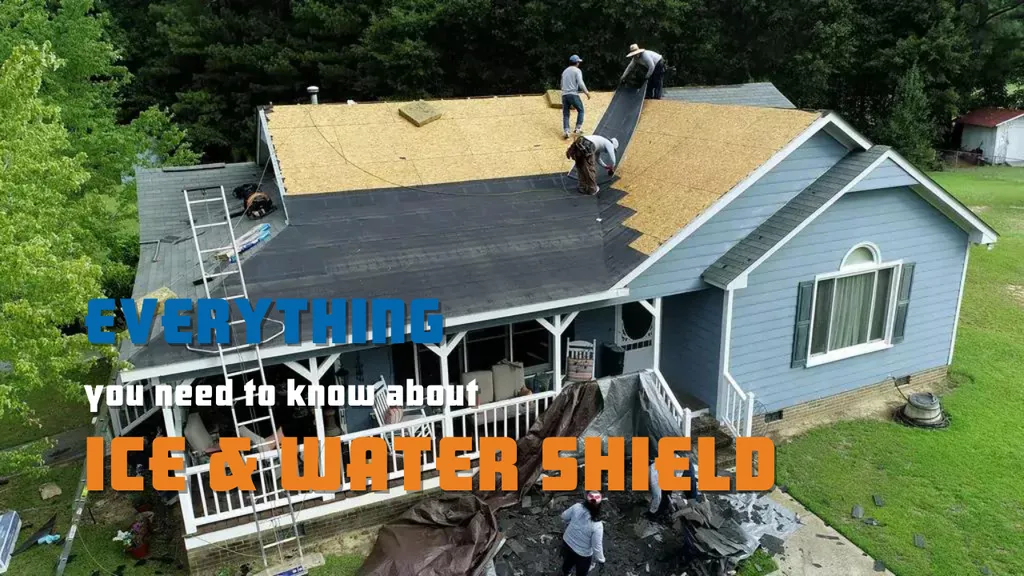
Roofs are often a lot more complex than they seem when you look at them from the ground. At first glance, you may think all a roof is made of is a...
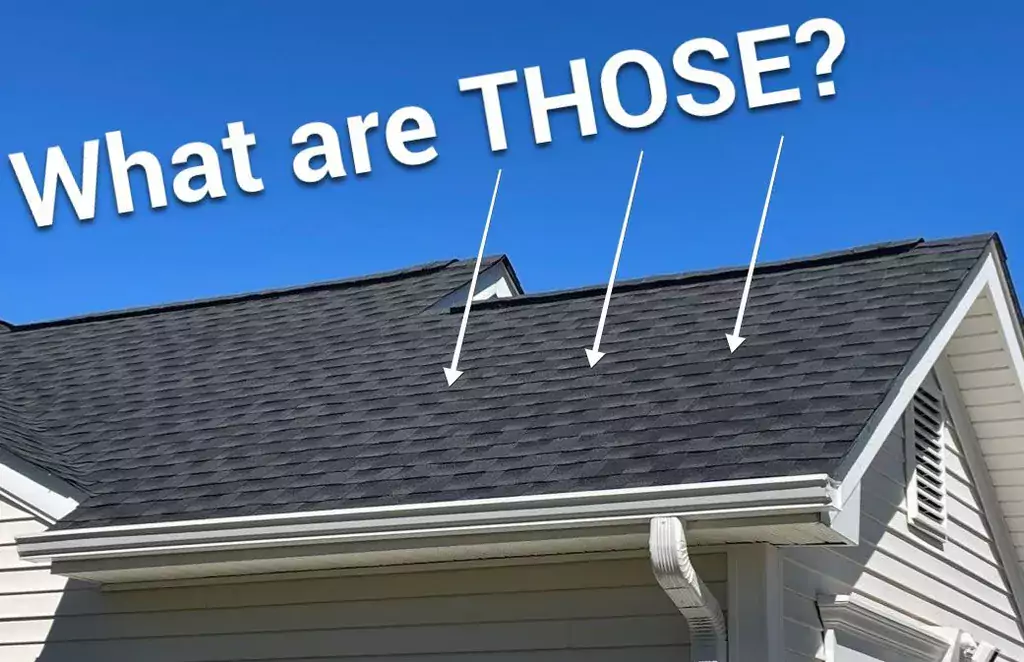
If you’re driving around, looking at roofs, thinking to yourself: “Man, why do those roofs look so textured and nice!”